Holy Hiatus! It was not my intent to be gone this long, but this has been a busy few months! I had the opportunity to attend my own state conference and see the Amidons present an all-day workshop on folk dance and singing. What an amazing experience! Anytime you can see the Amidons, go! Then I had the privilege of going to the University of Houston to work with students and teachers in a series of workshops. Houston holds a special place in my heart, as that is where it all started for me as a teacher.
One of the things that stuck with me from my time in Texas is connecting our musicianship to our teaching. I think so often we only think of being musical in terms of performing with our instrument or with an ensemble. Being musical can be defined in other ways too. I am a musical when I teach my students. I am a musical when I listen to music. I am a musical when I audiate or read music. I am a musical when I improvise music. (Gulp!) That word…improvise.
Improvise elicits such a strong response in musicians. So often we think of improvising only in terms of jazz. But we all have the ability to improvise. We improvise in every conversation we have, why is doing this in music so challenging? Perhaps it’s just that we haven’t had opportunities to develop this skill in ourselves. I’m committed to making sure my students don’t grow up with the fear of the “I” word. Here are some quick and easy ways to develop your students musicianship through improvising.
Identifying Same & Differences
If we want students to have the readiness to be different musically, we have to teach them to hear and identify sameness & differences in students. Sing any song in your music class. At the end of the song, follow up with some tonal patterns from the tonality of the song. Instead of students echoing you, ask your students to listen to two patterns. Then ask them to tell you if the two patterns are same or different. I teach my students hand signs for same and different. Same is two hands open, looking the same. Different is one hand open and one hand in a closed fist. Inviting students to show it rather than say it is a great classroom management tool.
Performing Same & Differences
Take that same song and extend the activity. This time, instead of singing two patterns for your students and asking them to identify same & different, invite them to perform a pattern for you. They can choose to be same OR different. The class has to signal what they heard the student do. The great thing about giving the student the choice to be same or different is that they will make a musical decision for themselves based on their readiness. The rest of the class has to be engaged because they have to listen to both your pattern and the student’s pattern and show what they heard.
A great example of this type of activity is my freebie Polar Bear. I take you through how to do this with students. If you have students that are too shy to improvise, puppets can be a great tool to use. It takes the focus away from the student and places it on the prop. You can find my Polar Bear freebie here.
Songs Undone
One of my favorite ways to get kids improvising is through a little activity called Songs Undone. It’s simply a song that has no ending. The first time I sang a “Song Undone” for my students, one little girl raised her hand and very politely said, “I think you forgot to end it!” YES! She got it immediately. The great thing about Songs Undone are that they kids your kids thinking about how songs end and improvising their own endings! This is one of my favorite “time fillers” when a class zips through a lesson. Here’s one of my favorite Songs Undone to do with my students. Try it with your own!
You might also be interested in:



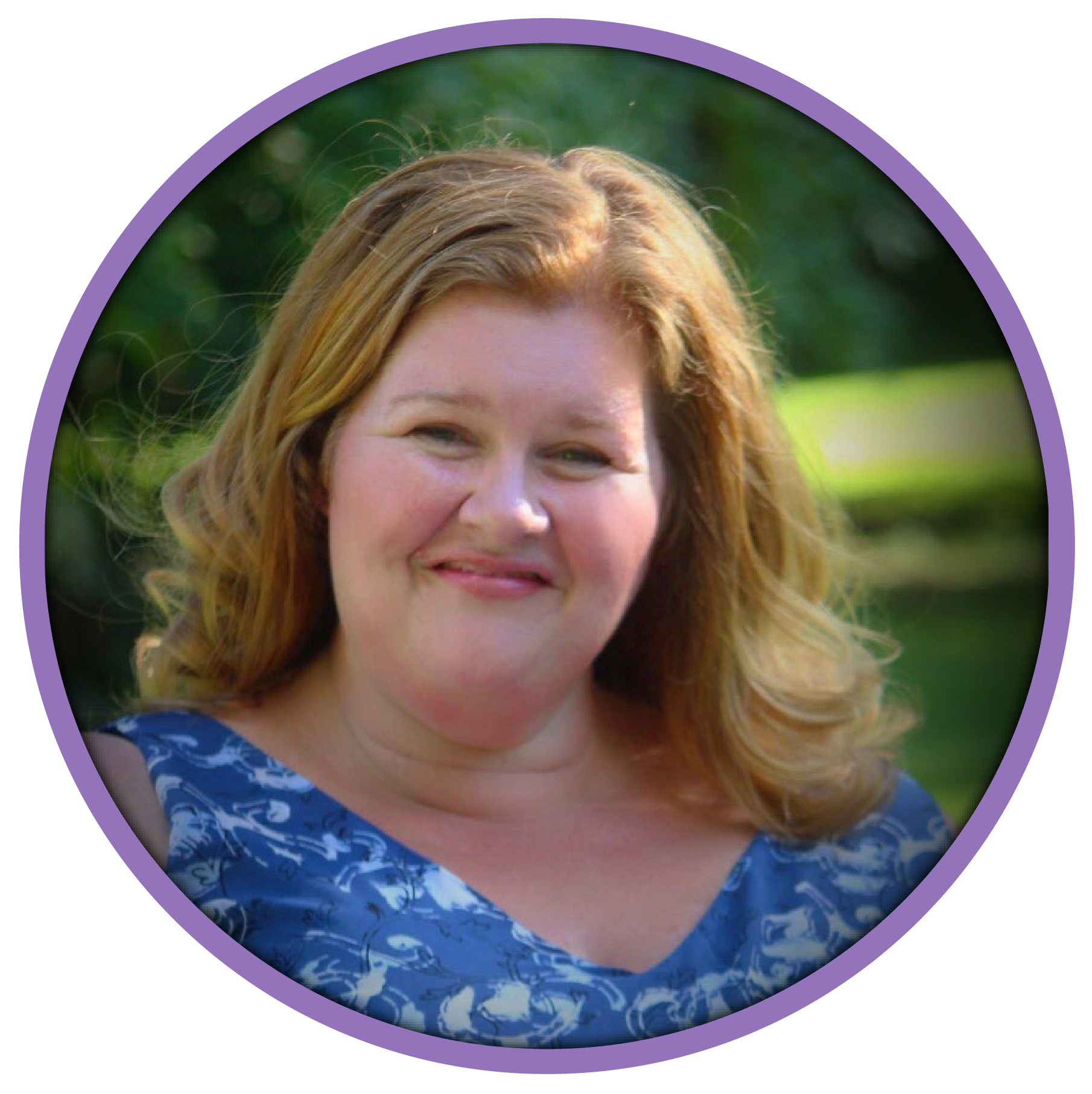
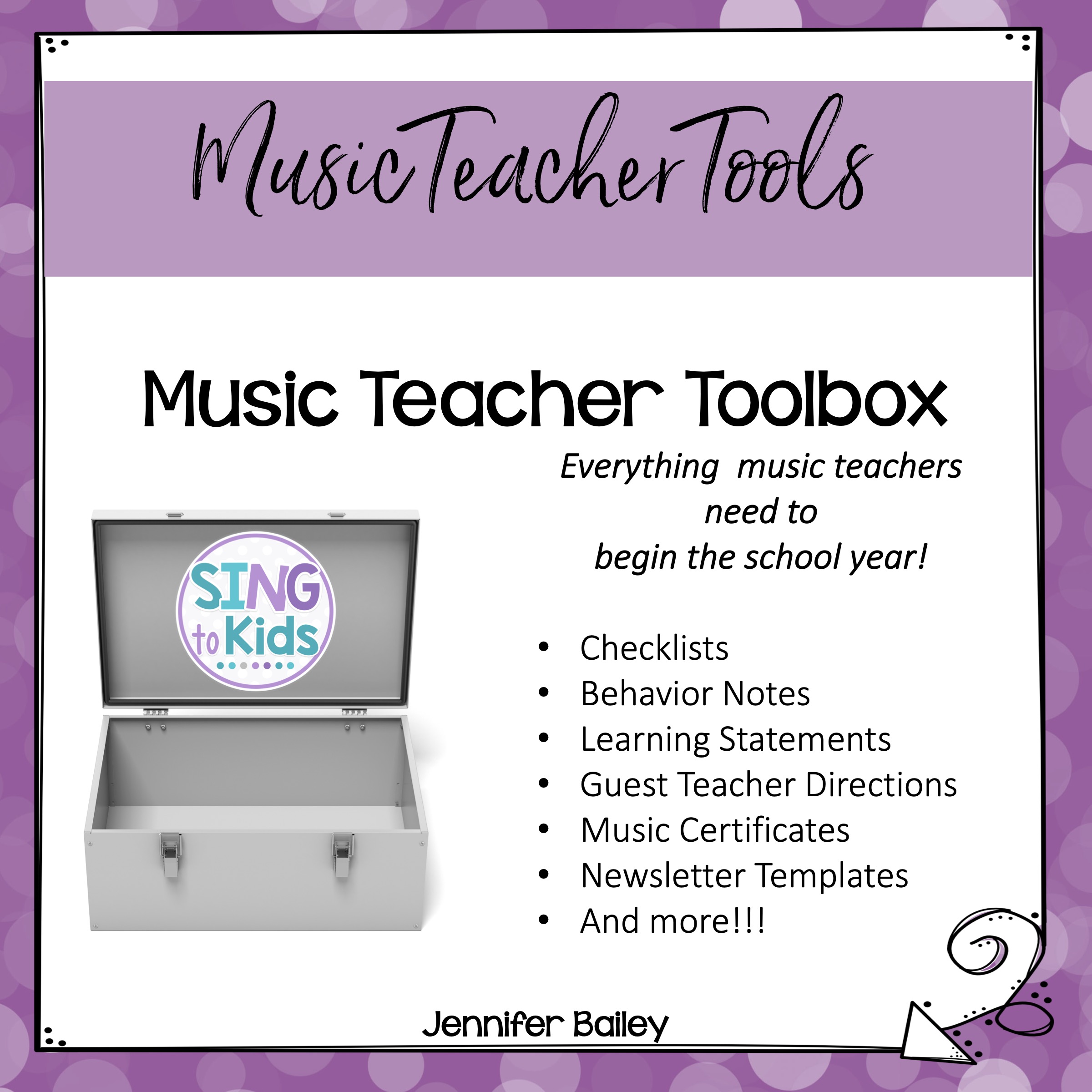

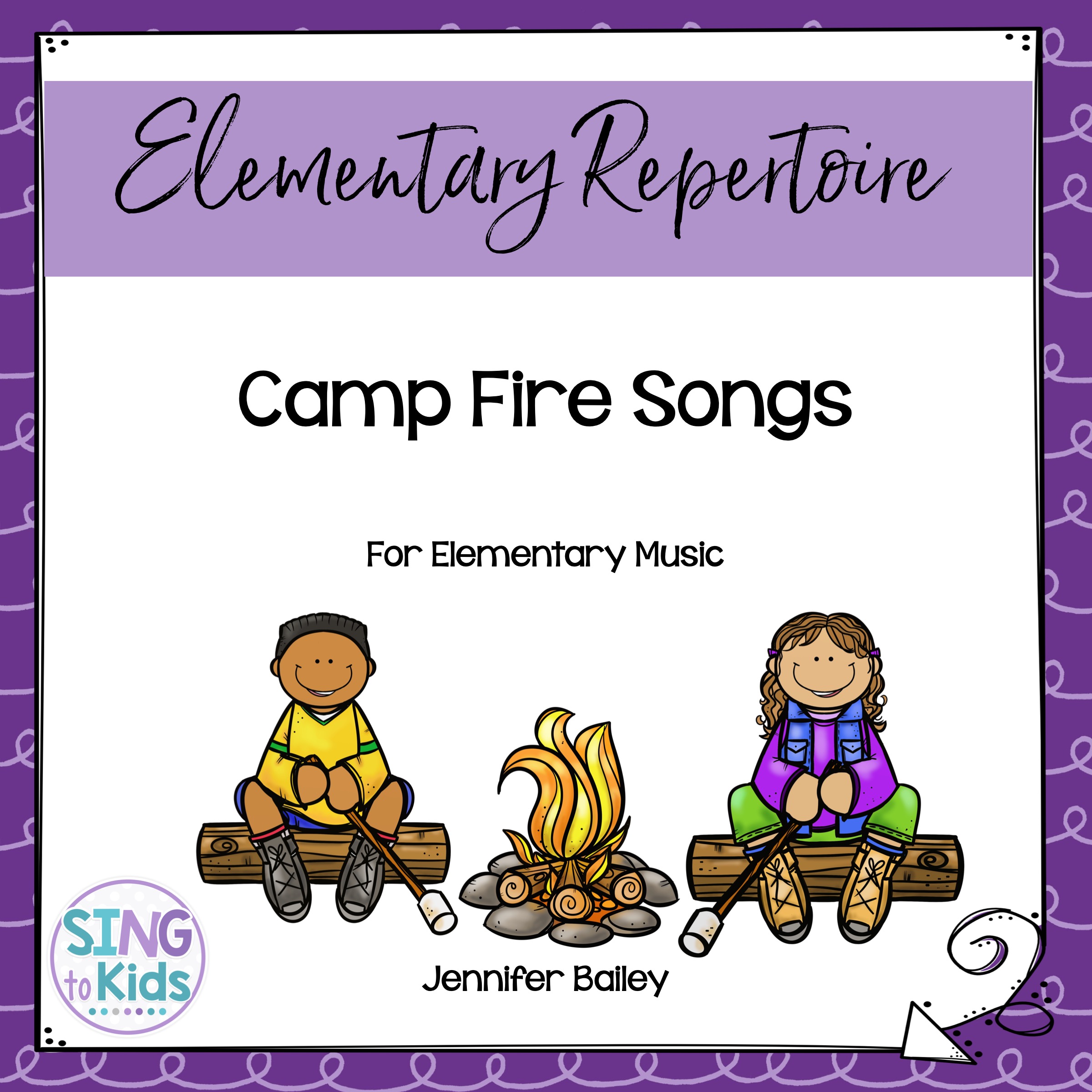
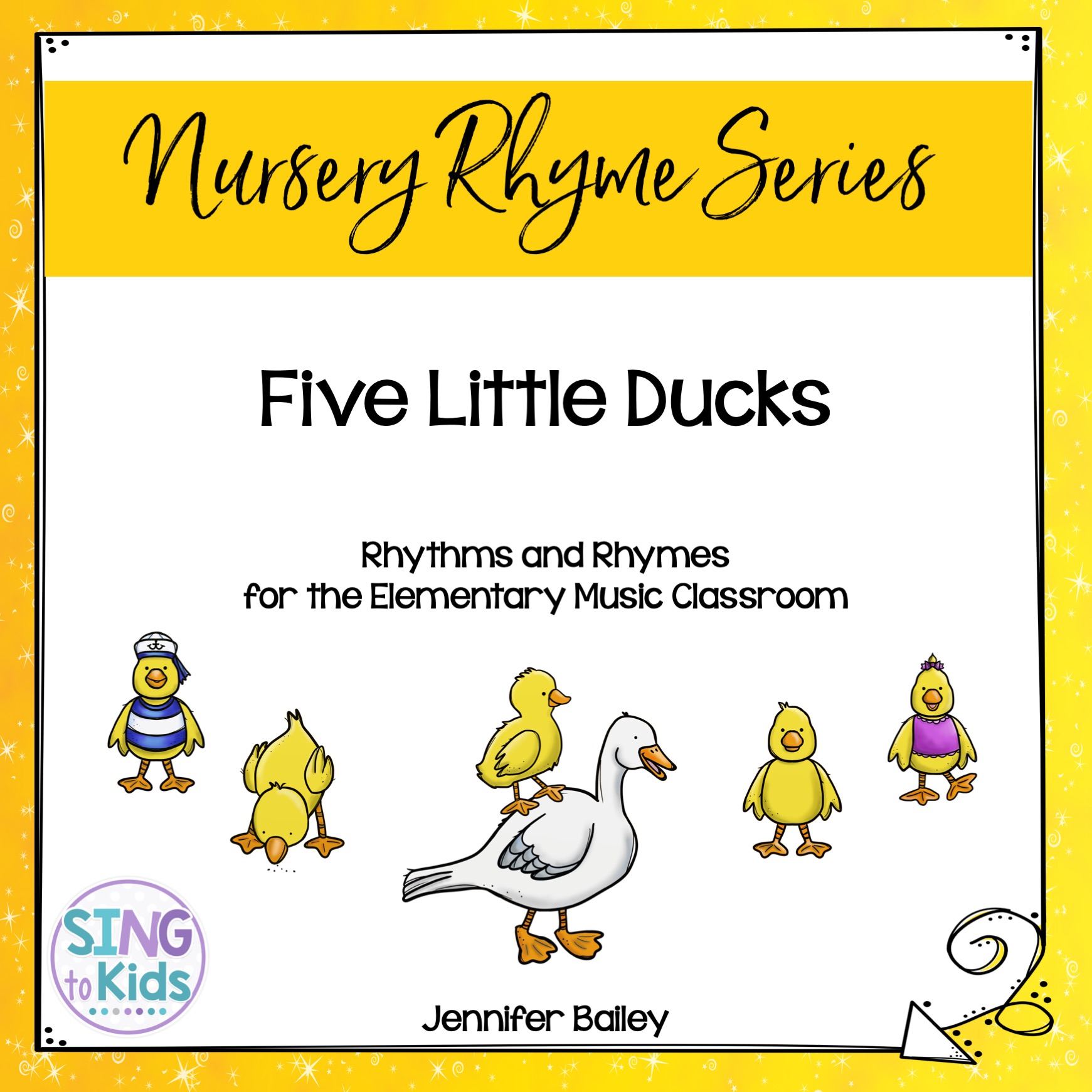
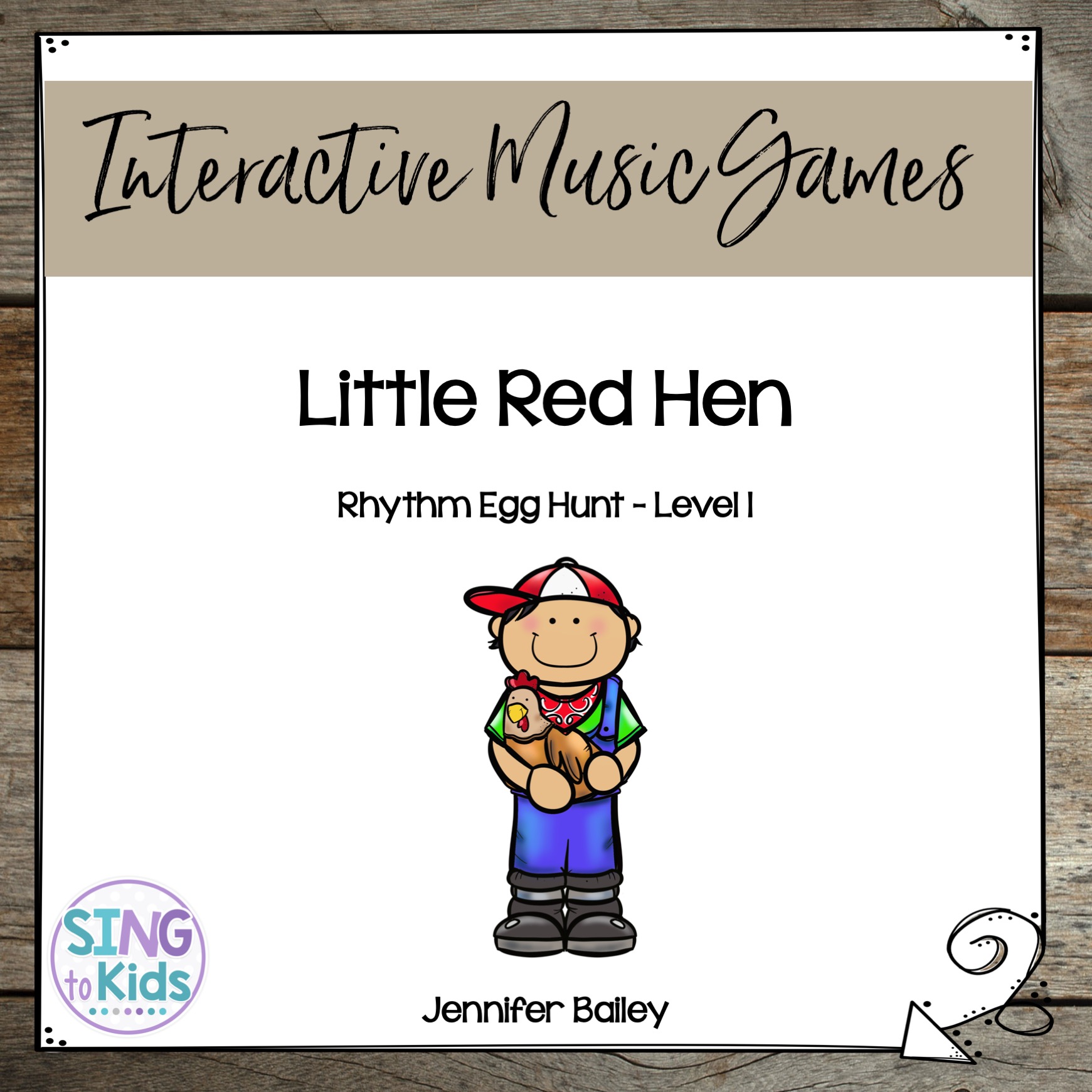
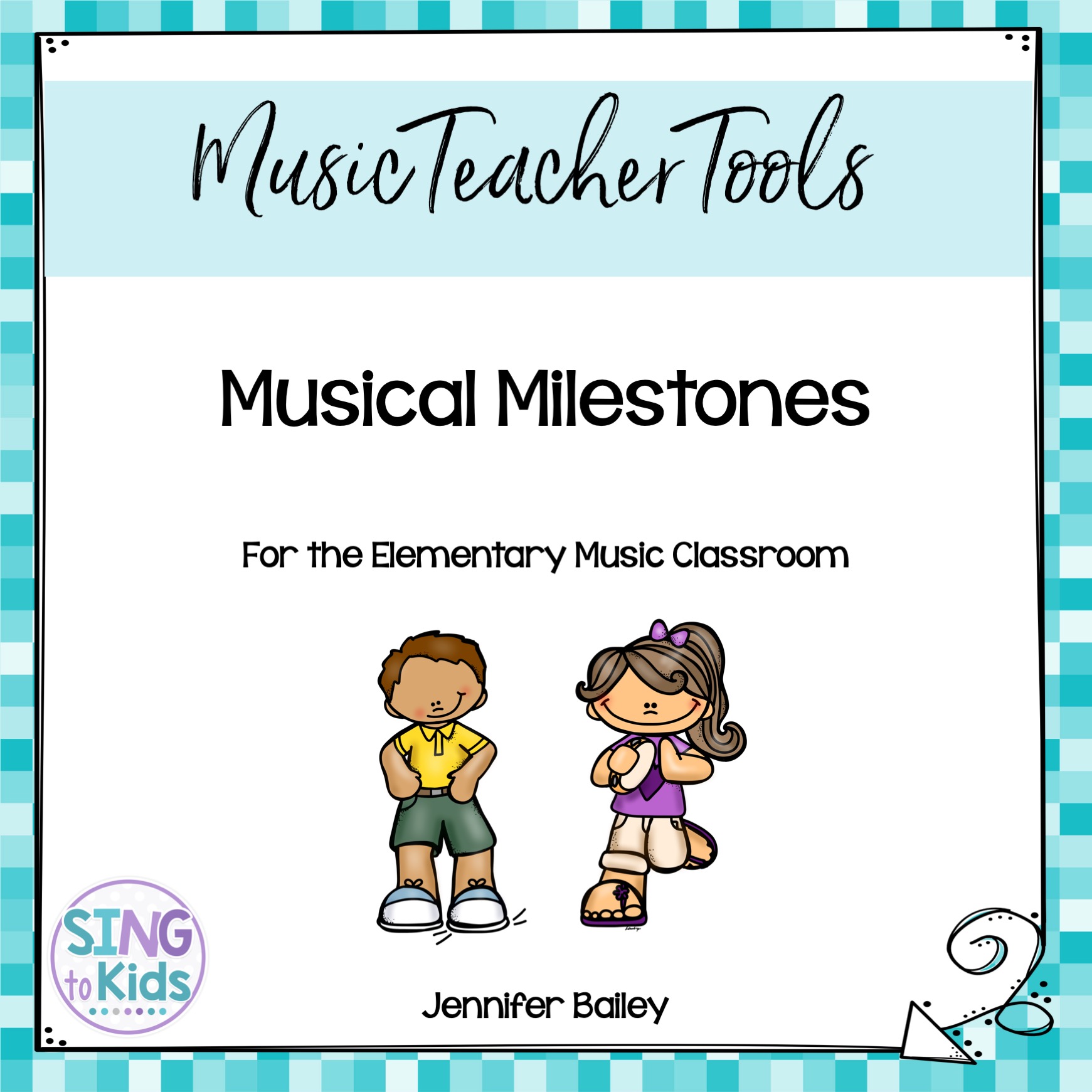
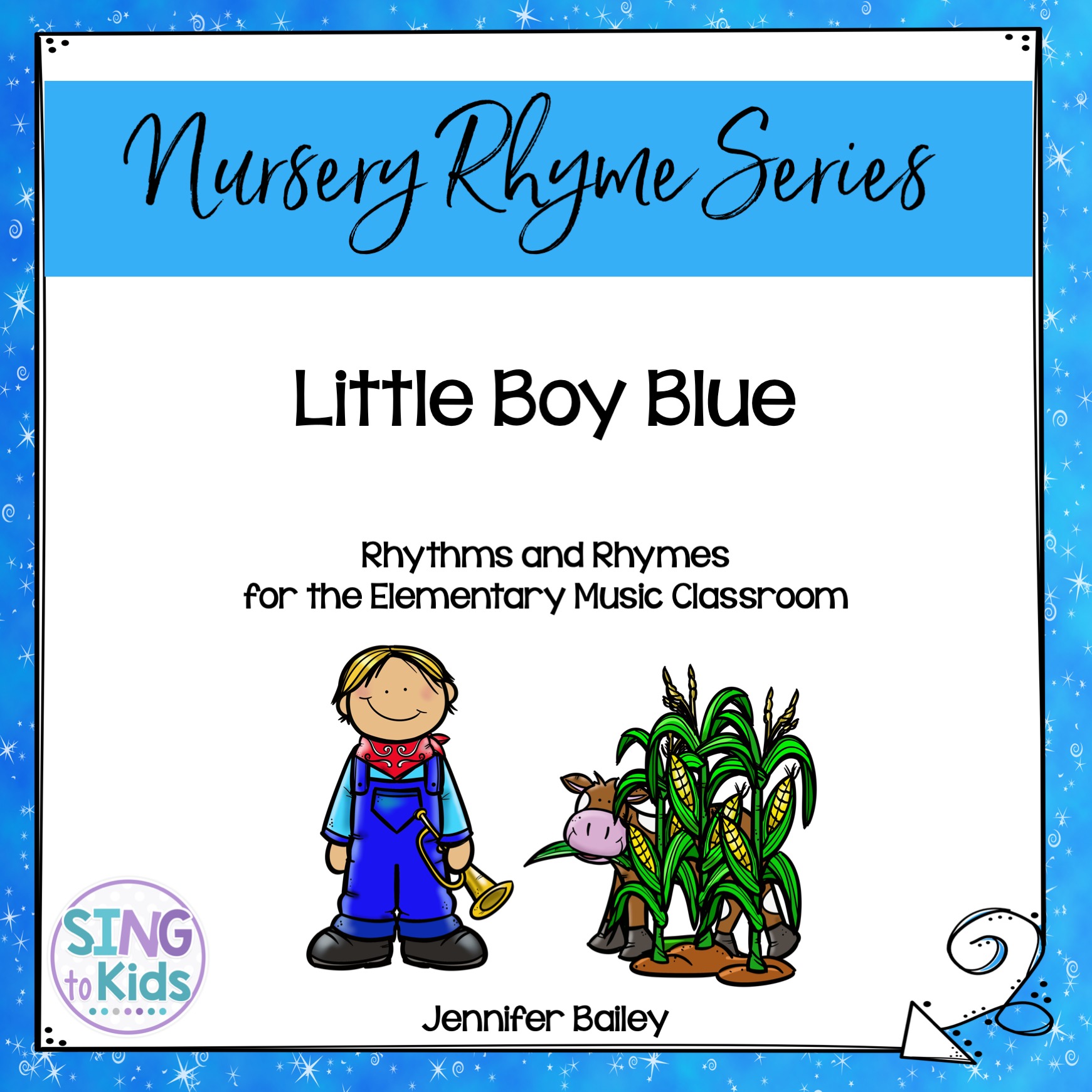
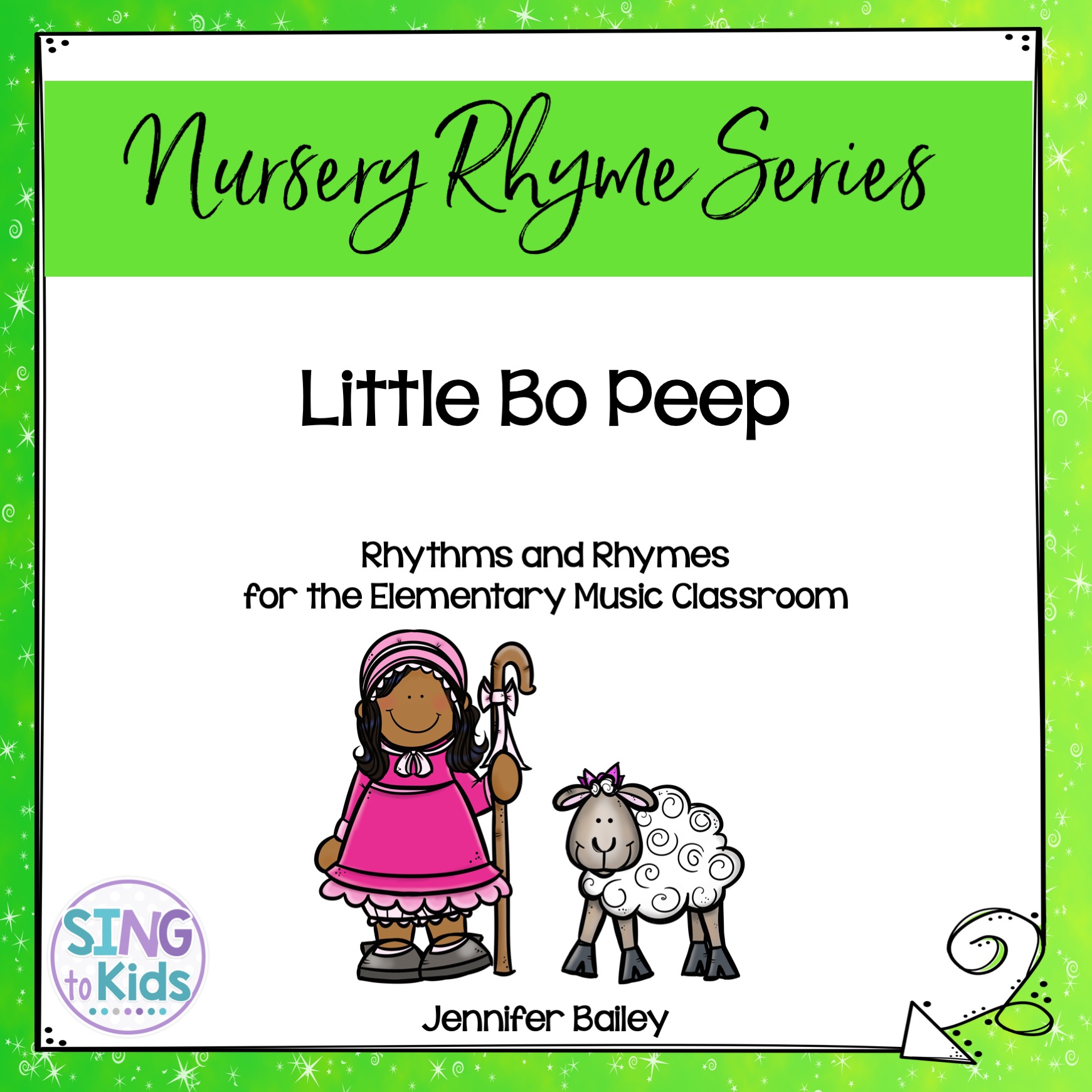
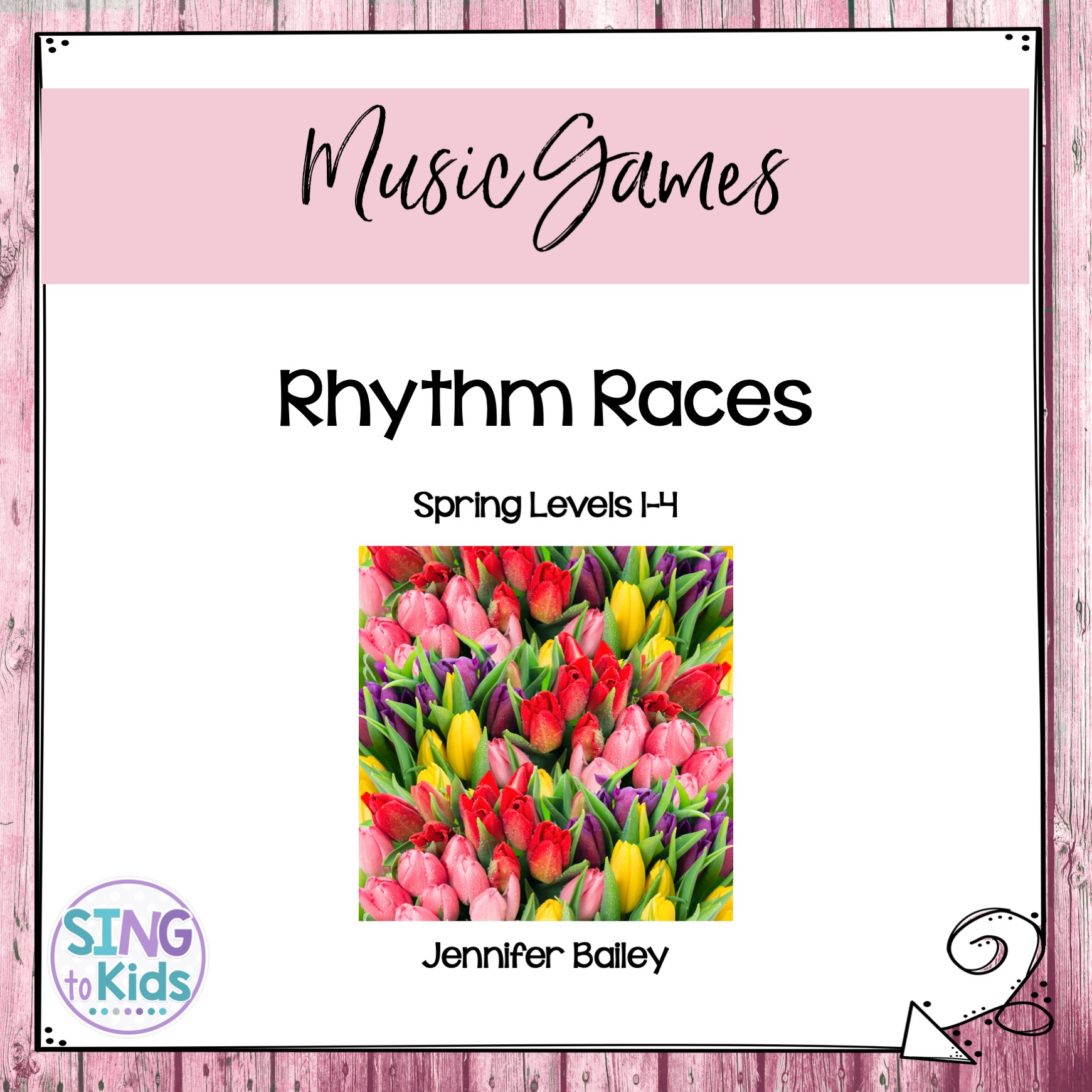
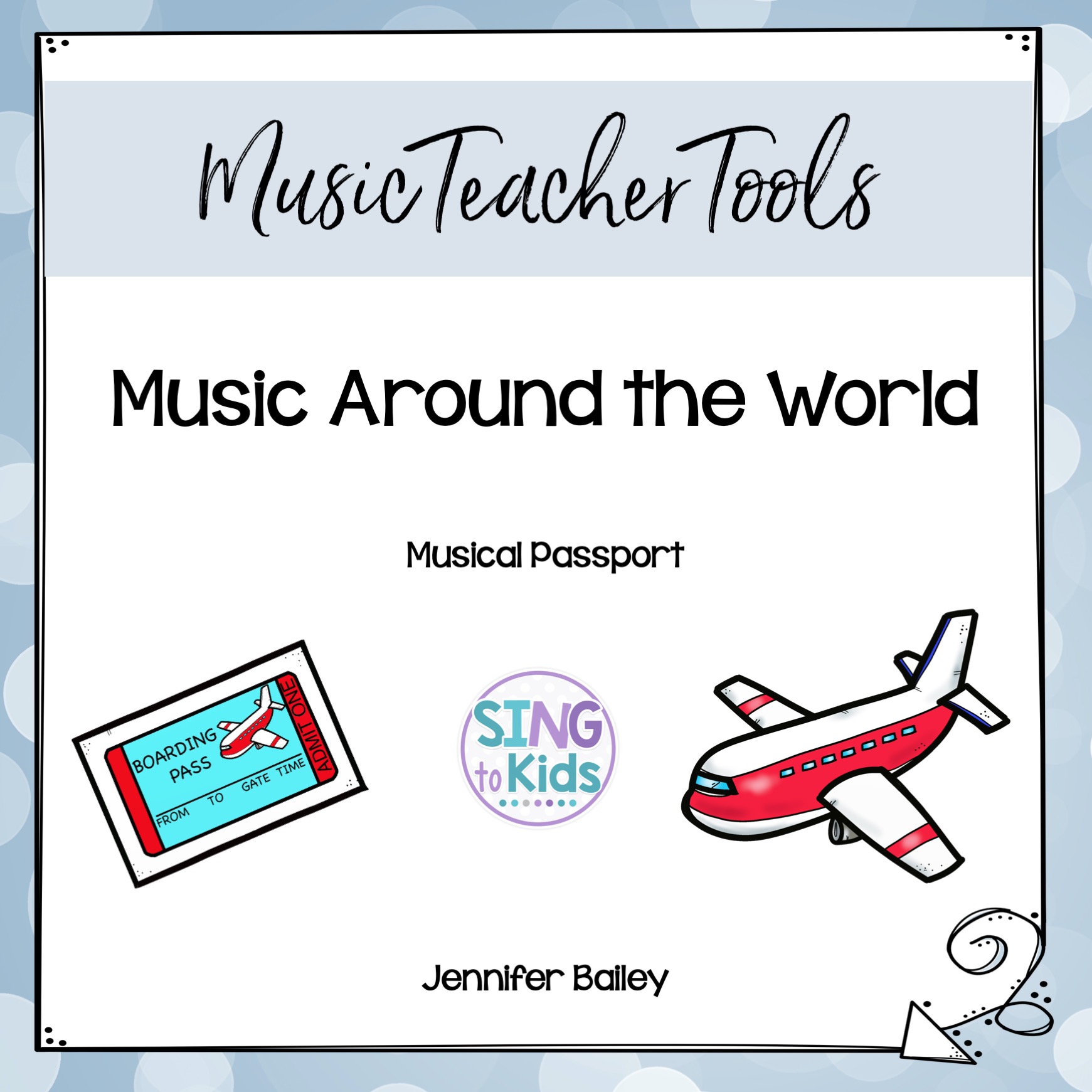
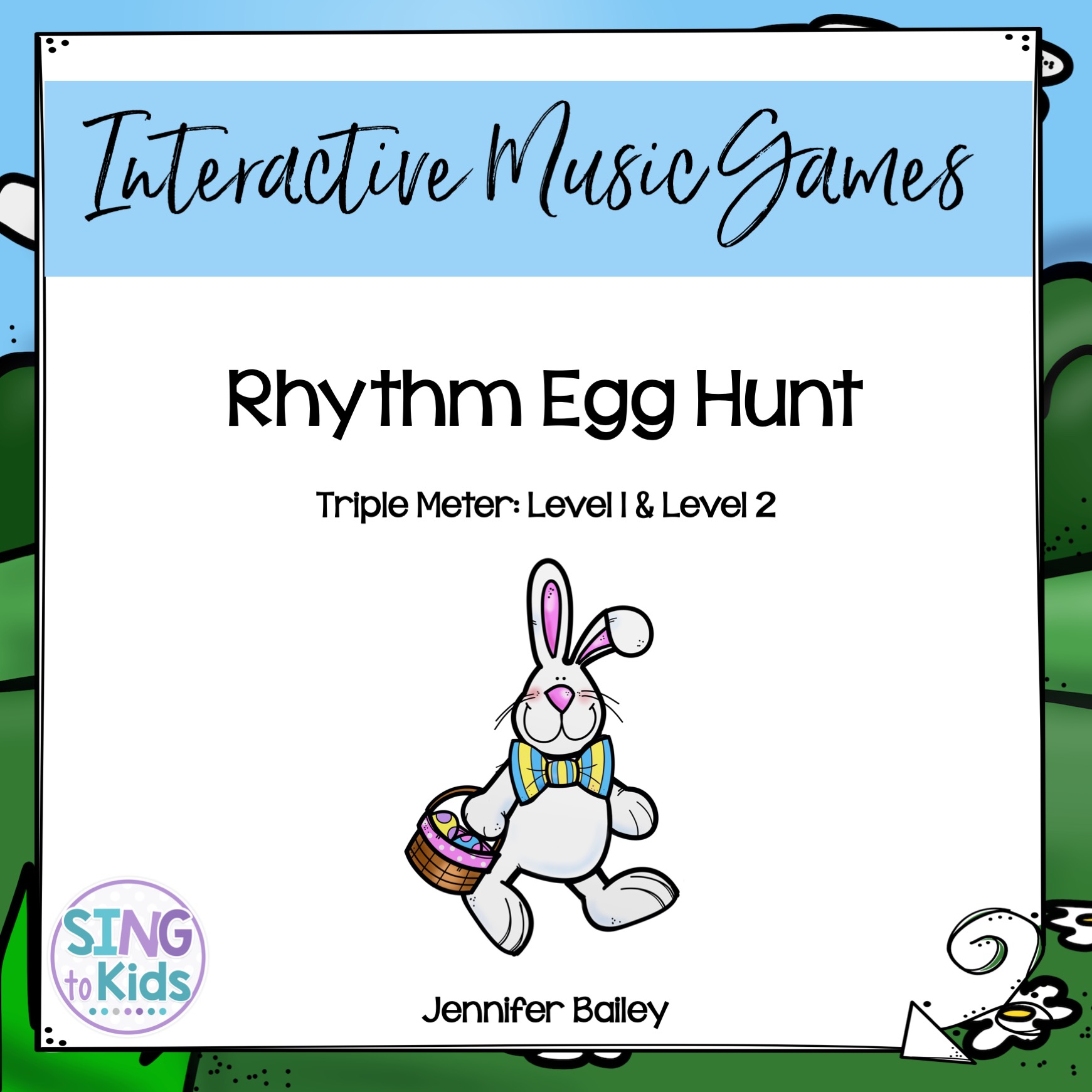
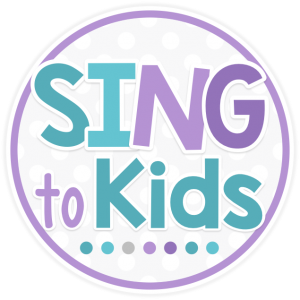

I really like the "Song Undone" idea. It's a great stepping stone into more complex improv exercises. Your example is really cute!